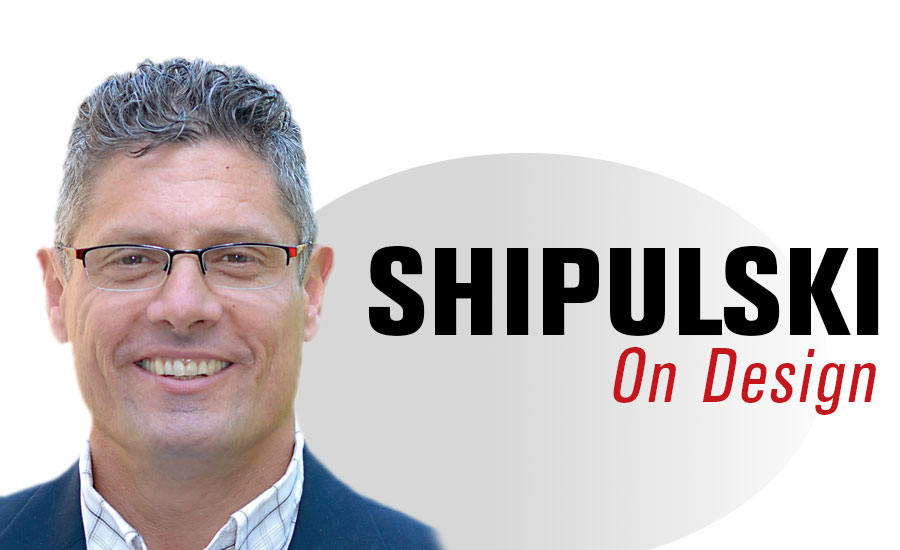We all have control over the work we do. Some more than others, but we all have some. If you find yourself in a position where you can (or must) use your discretion to decide what to work on, how would you decide? Here’s a framework for consideration.
Fits with personal interest. Regardless of the problem you take on, your personal energy is required to establish momentum and maintain progress. If the problem isn’t important to you in a deep, personal way, the project will stall, wither and die. You must have enough personal interest to persist and persevere.
Fits with company interest. If your company is interested in longevity, it will support projects you’re interested in, but that takes enlightened leadership. It’s easier to work on the problem of your choosing when there’s clear alignment with business objectives. If the objective is to grow through selling new products in new markets to new customers, it’s easier to work on no-to-yes problems that create new products and services. When the objective is to move the brand toward a perception of stability and trust, it’s easier to work on problems that improve existing products. Look to improve product robustness or follow-through with customers.
Fits with time horizon. National labs have a long time horizon and can work on things like cold fusion. Day traders have a time horizon measured in seconds. Everyone else is somewhere in the middle. You’ve got to both pay the bills and invest in the future, and each company has its unique balance point. Know your balance point and keep it in mind when you choose your problem.
Fits with scale of influence. Multinationals, with their large-scale reach, can work on problems that touch many markets on most continents. Now, with the reach of the Web, so can startups. Broad implementation is easier for multinationals, but working on wide-scale problems may be easier for startups.
Fits with network of influence. Know the person with the problem who can allocate resources to work on the problem. It’s better when you know that person before you start work on the problem. Next best is doing a little work to find that person.
Solves a problem. Whether at the societal, national or personal level, your project isn’t a project—it’s an adventure in problem solving. If you don’t have a problem, you don’t have anything to work on.
When you understand the problem, you understand the work. Use a pencil and paper to create a functional block diagram of the problem. Use blocks for nouns and arrows for verbs. Keep scratching until you have something you can explain to a kindergartner.
Next, dig a little deeper and create a hierarchical chain of disadvantages. At the highest level are the known disadvantages, which are the symptoms, not problems. Below those are the lower-level, translucent disadvantages. And below those are the invisible, surprising disadvantages that are direct manifestations of the problem worth solving.
If you have enough personal interest to take on the problem, it’s time to solve it. If you don’t, go back to the top and start over.
Traditionally, problem solving starts after the problem is defined, but it should start sooner and run deeper. When problem definition is grounded in functional analysis, it becomes problem formulation—a description of the problem wrapped in a physical understanding of the system. The investment in problem formulation lengthens the first stages of problem solving, but shortens it overall.
Problem formulation is important, but more important is persistence and perseverance that come from deep personal interest. Without it, you won’t solve the problem; with it, you will.




